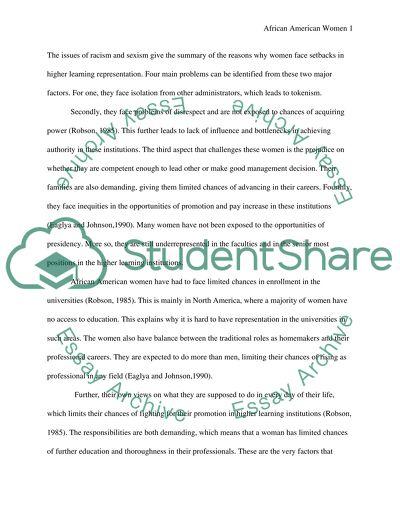Cite this document
(“African american women underrepresantation in higher education Dissertation”, n.d.)
Retrieved from https://studentshare.org/education/1398757-african-american-women-underrepresantation-in
Retrieved from https://studentshare.org/education/1398757-african-american-women-underrepresantation-in
(African American Women Underrepresantation in Higher Education Dissertation)
https://studentshare.org/education/1398757-african-american-women-underrepresantation-in.
https://studentshare.org/education/1398757-african-american-women-underrepresantation-in.
“African American Women Underrepresantation in Higher Education Dissertation”, n.d. https://studentshare.org/education/1398757-african-american-women-underrepresantation-in.


